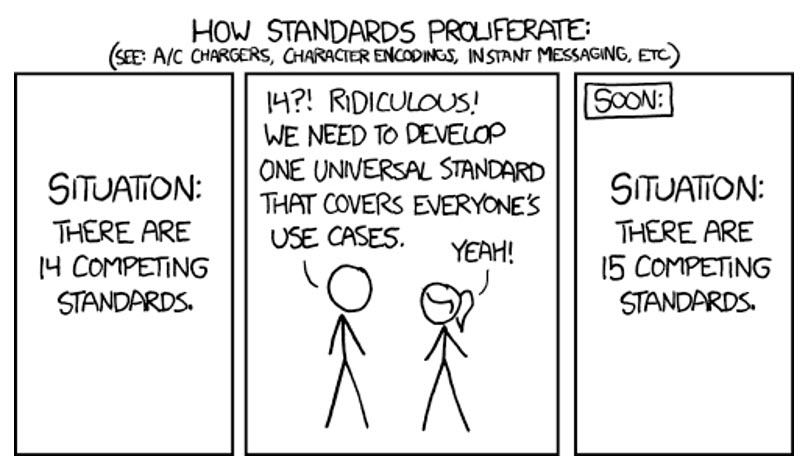Data Standardization or Data Standardisation? We have to choose
The Complexities Growth and Standardizing the Process

Data Standardization or Data Standardisation? We have to choose.
 by Tom Cherry
by Tom Cherry
CEO, POP Tracker LLC
When you send an email, you don’t think about whether the recipient uses Gmail, Outlook, Yahoo or some other email provider. You just enter their email address, write your message and hit send. This works because there are layers of standardized protocols that all email clients have adopted so emails can seamlessly fly between users regardless of which client they choose.
The result of reliable transmission was the rapid rise of email as the primary form of business communication. When junk mail and spam threatened to overwhelm email in the early 2000’s standards were again adopted to address that danger. MarketingSherpa’s 2015 survey (likely still valid today) found 72 percent of consumers prefer email as their source of business communication. Email remains effective in large part because it is easy.
The Out of Home industry suffers from needless complexity and some of the blame lies in the lack of standardization. Worse still, the problem is growing. Let’s use media types as an example. Our industry continues to develop new formats and displays types, but consequently adds more non-standardized data because there is no consensus on nomenclature.
The OAAA has clearly published guidelines for media formats – https://oaaa.org/AboutOOH/OOHBasics/OOHMediaFormats/OOHMediaFormats/StandardOOHFormats.aspx. People may suggest these guidelines may need to be updated, and that may be true, but that’s not the real problem.
The standard description for one particular format is “Rail 2-sheet Panel”. However, across more than 2,500 OOH campaigns uploaded to the POP Tracker platform, not once has “Rail 2-sheet Panel” been referenced as the media type. Here are a few of the ways in which this media type has been referenced, and in some cases in more than one way in the same campaign:
- 2 Sheet
- 2-sheets
- 2-Sheet Subway Poster
- 2-Sheet Rail Poster
- 2-Sheet
- 2 sheets
- 2-sheet poster
- 2 sheet posters
As humans reading the data, we know what these mean, but that’s not what they say and that’s a problem.
Why does any of this matter? Because the industry talks often about growth beyond 4% of the marketing budget and attracting marketing dollars from other advertising formats. Part of fueling this growth is the simplification of buying out of home using technology platforms to streamline buying and research. However, without data standardization the industry continues to operate using a ‘not what I say but what I mean’ mentality. Computers don’t work well with interpretation; they work well with standardization.
Let’s start with the easy work of agreeing to call a “Rail 2-sheet Panel” a “Rail 2-sheet Panel” and then get on with the business of growing the industry.
POP Tracker (POPT) is a cloud-based workflow solution for the Out of Home and Retail industries. POPT is integrated into the supply chain to provide transparency into media development, production, distribution, installation and removal.
Data can be captured using the POPT mobile app or supplied to the platform via API. Activity is tracked via a centralized, third party portal which results in greater accountability and drives efficiency for each member.
The POPT platform can function separately or be integrated into existing client workflows to guarantee information is available in the most convenient and efficient format. Reporting and performance analysis improve results and help maximize returns on future media and installation choices.





